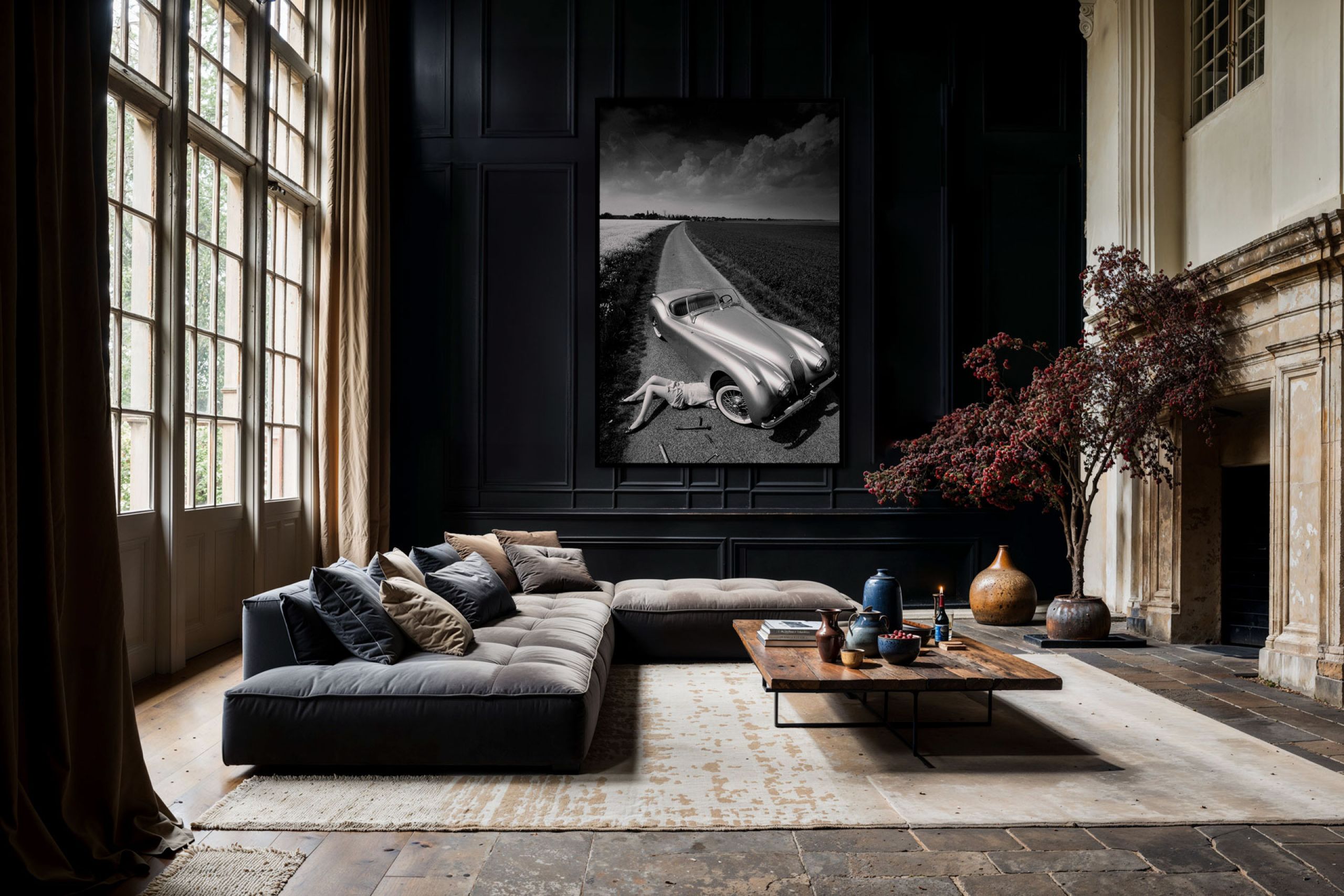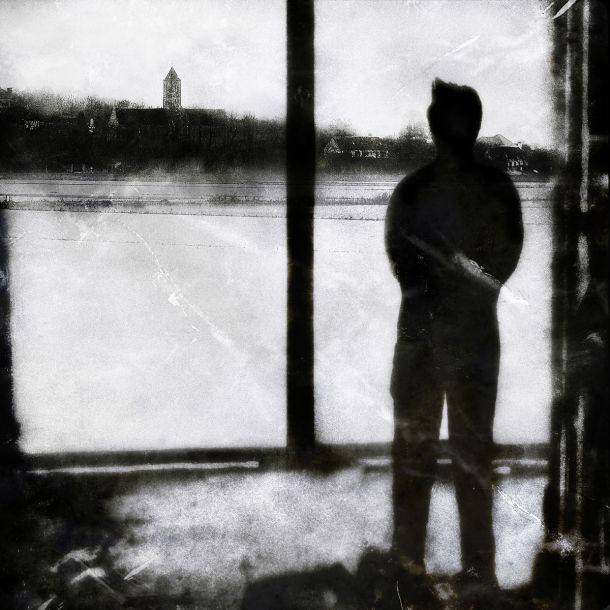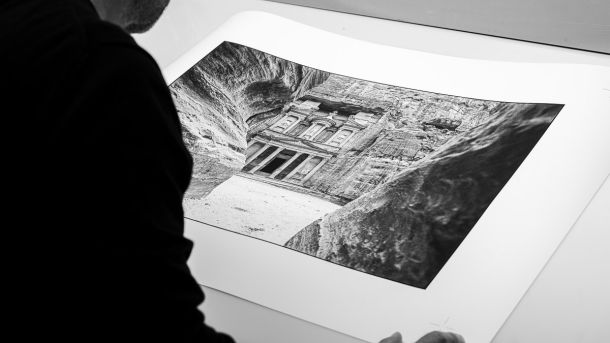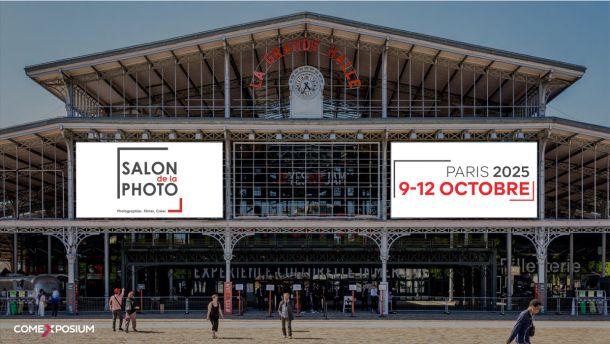Fine Art Photography Prices: Understanding and Evaluating the Market

The sleeping beauty – Photo : © Dingo
Venturing into the world of fine art photography without understanding the mechanisms behind its market value can be disorienting. As prices vary widely depending on factors such as the photographer’s reputation, print size, and photographic paper technique, it’s essential to grasp these aspects to make informed choices. This practical guide unveils the workings of the fine art photography market and helps you understand how pricing is determined, whether you’re a novice collector or a seasoned investor.
Table of Contents
- Factors Influencing the Price of Fine Art Photography
- The Price Scale of Fine Art Photography
- Acquisition Channels and Their Impact on Pricing
- Investing in Fine Art Photography
- Tips for First-Time Buyers of Fine Art Photography
Factors Influencing the Price of Fine Art Photography
The Role of the Photographer in Valuation
The photographer’s reputation is the most critical factor in determining the price of a work on the art market.
An artist’s background and past exhibitions directly contribute to increasing the value of their works. Photographers who have developed a unique identity and style tend to fetch higher prices, while emerging artists offer more affordable prints that are often seen as potential investments.
The Importance of Format and Medium
The size of a fine art photograph greatly affects its final price, with larger formats generally being more expensive due to material costs and greater visual impact.
The choice of photographic paper plays a key role in the print’s value. Premium papers such as baryta or 100% cotton papers for pigment prints command higher prices thanks to their superior aesthetic rendering and better long-term preservation.
The Impact of Techniques and Photographic Processes
The printing method used significantly influences a fine art photograph’s market value, with a preference for techniques that ensure longevity.
| Technique | Description | Price Impact |
|---|---|---|
| Digital C-type | Color or B&W enlargement from a digital file onto light-sensitive paper, chemically developed. | Uses standard photo papers. Baryta preferred for black and white. |
| Pigment Inkjet | Color or monochrome image from a digital file. Micro-droplets of pigment inks projected onto paper. | Wider color gamut. Variety of papers. Prints are more fragile. |
Framing and presentation also affect a photograph’s final price. A museum-quality frame with anti-reflective glass significantly increases the artwork’s value by ensuring optimal conservation and enhancing its aesthetic appeal.
The Price Scale of Fine Art Photography
Works by Emerging Photographers
Prints by young or early-career photographers generally fall into an accessible price range, with prices around €1000 to €1500 for a first limited edition print.
Identifying a promising emerging photographer involves analyzing their artistic approach and visual identity. Developing a distinctive style often signals solid investment potential.
The Mid-Market Segment
This segment includes photographers who are established but not yet acclaimed, with prices reflecting growing recognition in the art world.
It offers a balance between artistic quality and financial accessibility, allowing collectors to discover talented photographers before their prices rise in top-tier galleries.
High-Value Fine Art Photography
Works by photography masters command substantial prices on the art market due to their historical significance and influence on the medium.
- Peter Lik: His photo “Phantom” sold for $6,500,000.
- Andreas Gursky: “Rhein II” reached $4,338,500.
- Cindy Sherman: “Untitled #96” sold for $3,890,500.
These exceptional prices reflect the rarity of original prints and the artists’ prominent place in photography history, often held in major museum collections worldwide.
Limited Editions and Print Runs
Limited editions are fundamental to pricing fine art photography, as market value is directly linked to rarity.
| Edition Type | Print Size | Indicative Price |
|---|---|---|
| Emerging Photographer | First limited edition print | €1000 to €1500 |
| Emerging Photographer | Very large format | Up to €5000 |
Understanding the difference between open and limited editions is essential when assessing a photo’s value. For a work to be considered art, it must be signed and numbered, with a maximum of thirty prints across all formats and media.
Acquisition Channels and Their Impact on Pricing
The Role of Galleries in Price Setting
Galleries play a key role in increasing the value of fine art photographs by providing artistic legitimacy and greater visibility to the photographers they represent, which justifies their commission—usually between 30% and 50% of the sale price.
In exchange for higher prices, galleries offer collectors valuable services such as expertise on print quality, formal authenticity guarantees, and personalized guidance in building a coherent fine art photography collection.
Photography Art Auctions
Specialized photography auctions work on a supply and demand model, with a hammer price plus buyer’s premiums typically ranging from 20% to 30% depending on the auction house.
The results from these auctions often serve as a market benchmark and can influence a photographer’s market value, since they establish public and documented reference prices that galleries and artists consider in their pricing strategies.
Photography Fairs and Events
Paris Photo, the world’s leading photography fair held annually at the Grand Palais, is a key event that showcases market trends and highlights emerging talents such as currently sought-after African photographers.
- Paris Photo: The largest international photography fair.
- Art Basel: Showcasing modern and contemporary works.
- The Armory Show: Bringing together galleries from around the world.
During these events, prices are often similar to those found in galleries, but the concentration of sellers allows for comparison and negotiation, especially toward the end of the fair when exhibitors are motivated to avoid shipping unsold works.
Investing in Fine Art Photography
Photography as a Financial Investment
Fine art photography has become a relatively accessible segment of the art market compared to painting or sculpture, attracting new collectors seeking affordable investments.
Photographic art prints offer several advantages for savvy investors, especially their ability to evoke strong emotions and create a personal connection with the buyer through the artist’s authentic vision. For a deeper dive into photography as a financial investment, check out our ultimate guide to smart investing.
Assessing the Appreciation Potential of a Photograph
Evaluating a photograph’s investment potential involves considering the authenticity of its provenance, the quality of the materials used, and a deep understanding of its pricing within the current market context.
To identify emerging trends in photography, experts recommend frequenting fairs and expos like Fotofever or Paris Photo, which are reliable market indicators that highlight upcoming styles and print formats favored by collectors.
Specific Risks of the Photography Market
Investing in photographic art carries specific risks linked to the fragility of the medium and unpredictable fluctuations in a market still young compared to painting.
Conservation is crucial to maintaining value, as photographs on paper are sensitive to changes in humidity and temperature, which can irreversibly degrade quality and thus affect market value.
Building a Coherent Collection
Creating a valuable photography collection begins with defining a clear theme that serves as a guiding thread for acquisitions—whether based on an artistic movement, historical period, or favorite subject matter.
Thorough documentation of each acquired piece plays a key role in preserving its market value, with particular attention paid to authentic provenance, a determining factor for future buyers or experts appraising your collection.
Tips for First-Time Buyers of Fine Art Photography
Where to Start Your Photography Collection
Starting a fine art photography collection is accessible even with a modest budget, thanks to works by emerging artists, limited editions, or smaller formats—excellent entry points into the art world.
Specialized fairs like Paris Photo or galleries featuring promising photographers are ideal venues to explore the photographic art market while enhancing your visual culture. To find inspiration and discover different photographic styles, browse our fine art photography collections.
The Importance of Certificates of Authenticity
The certificate of authenticity is a crucial document for ensuring a photograph’s market value, as it certifies the work’s origin, confirms its inclusion in a limited edition, and secures its legitimacy in the often complex world of photographic sales.
A valid certificate must include the photographer’s name, the title of the work, creation date, printing technique used, image format, edition number, and the creator’s or their legal representative’s authentic signature.
Negotiating the Price of Fine Art Photography
Price negotiation depends on the purchase context: it’s more flexible at art fairs, where a discount of 10 to 15% is often acceptable, but more delicate during direct gallery sales, where respect for the artist’s creative work should prevail.
Approach price discussions by demonstrating market awareness and sincere interest in the work, while avoiding devaluing the artist’s effort—the foundation of all quality photographic art.
The fine art photography market is both complex and accessible, with prices varying based on the artist’s reputation, format, and technique. By relying on the quality and authenticity criteria discussed in this article, you’ll gain a clearer understanding of art print values and make better-informed decisions. Whether you’re a beginner or seasoned collector, fine art photography offers a rich investment landscape where passion and value converge.
FAQ
How is the value of a photo estimated based on its age?
The value of an older photograph is based on several criteria, including the photographic technique used, the author, and the historical or artistic importance of the work. The technique can help date the piece, using methods like the daguerreotype or wet collodion process.
Identifying the photographer is also essential. Photographers who marked the history of photography or innovated technical approaches are particularly sought after. Age contributes to a photograph’s heritage, artistic, and historical value, making it a precious witness of the past.
How is the authenticity of a photo verified beyond the certificate?
Beyond the certificate of authenticity, several elements help confirm the authenticity of a fine art photograph. A gallery invoice can serve as proof, especially if the work is sold without a certificate. It is essential to carefully preserve this certificate and the invoice.
In the case of multiple prints, signature and edition numbering are important elements. Prints must be produced by or under the artist’s supervision. Artificial intelligence (AI) is also emerging as a tool for verifying artwork authenticity.
How can you insure fine art photography against theft or damage?
To insure fine art photography against theft or damage, it’s best to get specialized art insurance. These policies cover damage, theft, and sometimes reproduction or reprinting in case of accidental harm. Creating a detailed inventory listing the value of each work is key.
Implementing security measures against theft and fire, along with preventive conservation efforts, is essential. If damage is irreversible, the artwork is reimbursed according to its value.
What is the impact of digitization on the value of art photos?
Digitization has a complex impact on the value of art photographs. It offers new opportunities for artists to create, share, and monetize their work, boosting visibility and revenue through digital print sales or derivative products.
However, digitization can also lower perceived value due to the ease of reproduction and sharing. To offset this, artists must protect their copyrights and emphasize the authenticity and quality of original prints.



